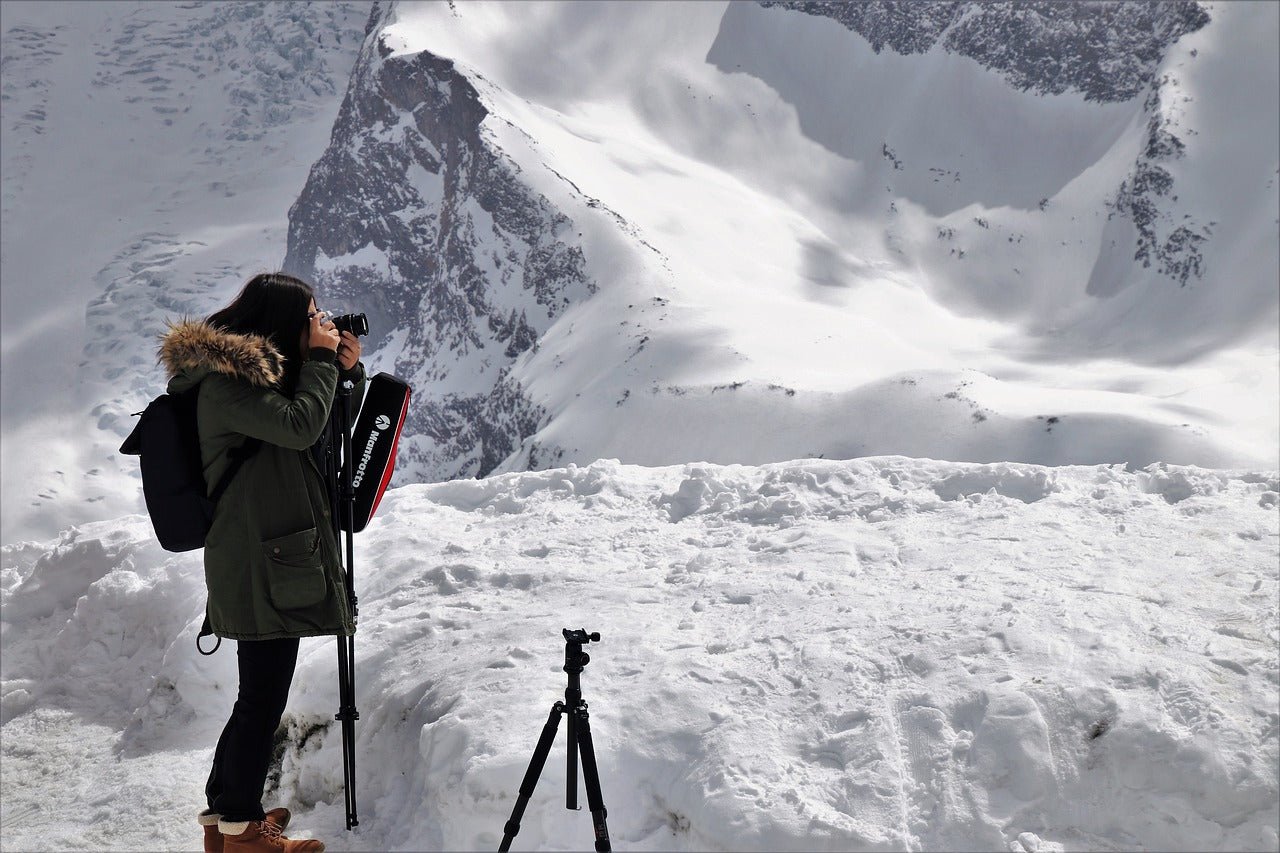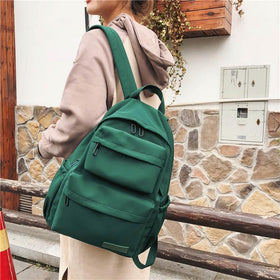
Hiking photography
Hiking and photography are two of the most enjoyable and rewarding hobbies out there, and when you combine the two, you get an incredible experience that captures the beauty of nature in a way that words cannot express. Whether you're a professional photographer or just someone who loves to capture the stunning scenery, hiking photography can be a wonderful way to document your adventures.
To make the most out of your hiking photography, it's important to plan your trip carefully. You need to take into consideration the type of terrain you'll be hiking on, the time of day you plan to take your photos, the weather conditions, and the equipment you'll need to bring along. Here are some tips to help you take great hiking photos:
-
Get the Right Gear: A camera that is portable, lightweight, and durable is essential for hiking photography. Mirrorless cameras or compact digital cameras are great choices as they are small and lightweight. Consider investing in a tripod, which will help keep your camera steady and reduce the chance of blurry photos.
-
Plan Your Route: Before setting out, plan your route and research the area you'll be hiking in. This will help you determine where the best photo opportunities are and allow you to plan your hike around the best lighting conditions.
-
Time of Day: The golden hour, which is the hour after sunrise and the hour before sunset, is the best time to take photos as the light is softer, and the colors are more vibrant. You can also capture stunning images during the blue hour, which is the period of twilight before sunrise and after sunset.
-
Experiment with Different Angles: Don't be afraid to get down low or up high to capture unique perspectives. Experiment with different angles and compositions to make your photos stand out.
-
Use Filters: Filters can help enhance the colors and contrast in your photos. Polarizing filters, for example, can help reduce glare and enhance the colors in the sky and foliage.
-
Stay Safe: Remember to always prioritize safety when hiking. Be aware of your surroundings, wear appropriate clothing and footwear, and bring enough water and food.
-
Edit Your Photos: Once you're back from your hike, take some time to edit your photos to bring out their full potential. You can adjust the brightness, contrast, and color balance to make your photos look even better.
Hiking photography is a wonderful way to combine two of the most beautiful and rewarding hobbies out there. By following these tips, you can capture stunning photos that will remind you of your adventures for years to come. So, grab your camera and hit the trails to start your own hiking photography journey!
Below you will find a couple of our very best camera backpacks that will enhance your hiking and photography experience:
Modular Waterproof Camera Backpack
Transport your camera and accessories in compact comfort and style with this modular, waterproof camera bag. Keep all accessories to hand in one safe place and know that they are well protected from damage from the elements.

With a fully modular interior, the bag is capable of holding the camera body, batteries, memory cards and other accessories, as well as four lenses, all on the inner compartment.
Waterproof Outdoor Photography Backpack
A hardy bag for the outdoorsman in your life. The bag is made from water-resistant batik canvas, ensuring that it keeps your important camera and relevant accessories safe and dry, without compromising on style.

It incorporates a variety of sections, all specifically designed to hold your camera gear in place with well-placed padding and insulation. It also features several smaller wallet-style pockets, where you can store your phone, tablet, batteries and memory cards, all in one place.


